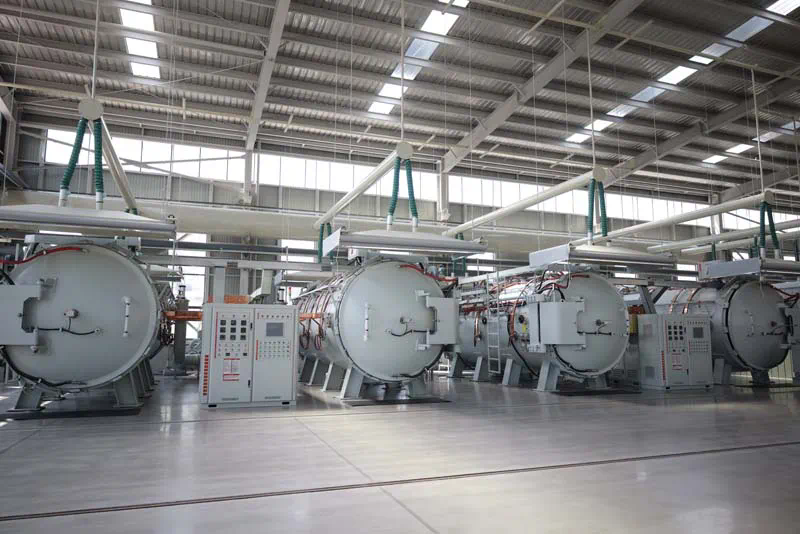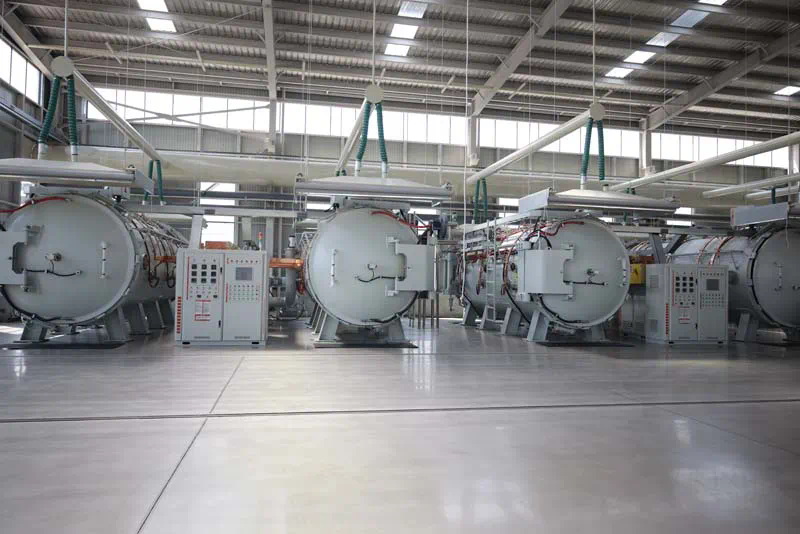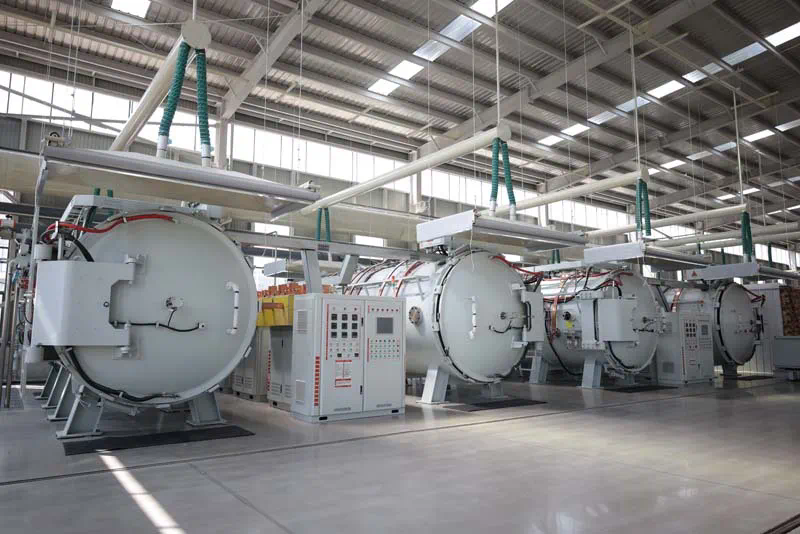Silicon carbide crucibles have emerged as essential tools in the metalworking industry, renowned for their remarkable versatility and ability to withstand extreme conditions. This article delves into the various aspects of silicon carbide crucibles, including their composition, manufacturing processes, properties, applications, and advantages over traditional materials.
Silicon carbide (SiC) is a compound made of silicon and carbon, known for its exceptional hardness, thermal conductivity, and resistance to chemical corrosion. These properties make silicon carbide crucibles suitable for various metalworking applications, particularly in the melting and casting processes.
h2 Composition and Manufacturing of Silicon Carbide Crucibles
The production of silicon carbide crucibles begins with high-purity raw materials. The primary component, silicon carbide, is synthesized through a process known as the Acheson process, where silica sand and carbon are heated in an electric furnace at temperatures exceeding 2000 degrees Celsius. This process results in the formation of silicon carbide crystals, which are then milled into fine powders for use in crucible manufacturing.
Once the silicon carbide powder is obtained, it is mixed with a binding agent, typically a polymer or resin, to enhance the mechanical integrity of the crucible. This mixture is then shaped into the desired form using methods such as pressing or casting. After shaping, the crucibles undergo a sintering process, where they are heated at high temperatures to promote the bonding of particles and enhance their strength.
The final step is to cool the crucibles gradually to ensure uniformity and prevent cracking. This meticulous manufacturing process results in crucibles that possess superior strength, durability, and resistance to thermal shock, making them ideal for high-temperature applications in metalworking.
h3 Properties of Silicon Carbide Crucibles
Silicon carbide crucibles exhibit several key properties that contribute to their versatility in metalworking:
1. High Thermal Conductivity: Silicon carbide has excellent thermal conductivity, allowing for efficient heat transfer during melting processes. This property ensures uniform temperature distribution, which is crucial for achieving quality metal casts.
2. Resistance to Thermal Shock: One of the standout features of silicon carbide crucibles is their ability to withstand rapid temperature changes without cracking. This resilience is vital in metalworking, where materials are frequently exposed to extreme heat.
3. Corrosion Resistance: Silicon carbide is highly resistant to chemical attack, making these crucibles suitable for melting a wide range of metals, including reactive alloys. This property extends the lifespan of the crucibles and reduces the risk of contamination in the molten metal.
4. Mechanical Strength: The strong structure of silicon carbide crucibles enables them to endure the heavy loads and stresses encountered during metalworking processes. Their robust design minimizes the likelihood of breakage and enhances safety in the workplace.
h2 Applications of Silicon Carbide Crucibles in Metalworking

The versatility of silicon carbide crucibles allows for their application across various metalworking processes, including:
h3 Melting and Casting
Silicon carbide crucibles are predominantly used in the melting of metals due to their ability to withstand high temperatures. They are often employed in foundries for melting ferrous and non-ferrous metals, including aluminum, copper, gold, and silver. The high thermal conductivity of silicon carbide ensures that the metal reaches the desired melting point efficiently.
In casting applications, these crucibles facilitate the pouring of molten metal into molds, enabling the creation of intricate shapes and designs. The durability of silicon carbide crucibles reduces the risk of contamination during the casting process, ensuring high-quality final products.

h3 Alloy Production

In the production of alloys, silicon carbide crucibles play a crucial role in maintaining the purity of the materials being combined. Their resistance to chemical interactions prevents reactions between the crucible material and the molten alloys, leading to consistent and reliable results. This property is especially important in industries where precise alloy compositions are required for specific applications.
h3 Glass and Ceramics Manufacturing
Beyond traditional metalworking, silicon carbide crucibles are also utilized in the glass and ceramics industries. Their ability to withstand silicon carbide semiconductor high temperatures makes them suitable for melting glass and forming ceramic materials. In these applications, silicon carbide crucibles provide the necessary thermal stability and resistance to chemical reactions, ensuring high-quality products.
h2 Advantages of Silicon Carbide Crucibles
The use of silicon carbide crucibles offers several advantages over traditional crucible materials, such as clay graphite or metal crucibles:
h3 Longevity and Cost-Effectiveness
Silicon carbide crucibles have a longer lifespan compared to their counterparts, resulting in lower overall costs for metalworking operations. Their resistance to wear and thermal shock means that they require less frequent replacement, which can lead to significant savings over time.
h3 Enhanced Performance
The superior thermal conductivity and strength of silicon carbide crucibles enhance the efficiency of melting and casting processes. This improved performance can lead to reduced energy consumption, shorter cycle times, and better quality of finished products.
h3 Environmental Considerations
As industries increasingly focus on sustainability, silicon carbide crucibles offer an environmentally friendly alternative. Their long lifespan reduces waste, and their ability to operate at lower energy levels contributes to a smaller carbon footprint.
h2 Challenges and Considerations
Despite their many advantages, there are challenges associated with the use of silicon carbide crucibles in metalworking:
h3 Initial Cost
While silicon carbide crucibles are cost-effective in the long run, their initial purchase price can be higher than that of traditional crucibles. This upfront investment may deter some smaller operations from adopting this technology, despite the potential savings over time.
h3 Compatibility with Certain Metals
Although silicon carbide crucibles can handle a broad range of metals, there are certain alloys that may react adversely with silicon carbide. It is essential for metalworking professionals to assess the compatibility of the crucible material with the specific metals being processed to avoid contamination or damage.
h2 Future Trends in Silicon Carbide Crucibles
As technology continues to advance, the future of silicon carbide crucibles in metalworking looks promising. Researchers are exploring new methods for enhancing the properties of silicon carbide, such as improving its thermal shock resistance and further optimizing its manufacturing processes.
h3 Innovations in Design
Innovative designs, such as multi-layered crucibles or those incorporating additional materials, may improve the performance and versatility of silicon carbide crucibles. These advancements could lead to even broader applications across various metalworking sectors.
h3 Increased Adoption in Emerging Markets
As industries in emerging markets grow, the demand for high-performance crucibles is likely to rise. Silicon carbide crucibles, with their numerous advantages, may become increasingly popular in these regions, driving growth in the global market.
h2 Conclusion
The versatility of silicon carbide crucibles in metalworking is undeniable. Their unique properties, coupled with their wide range of applications, make them indispensable tools in the industry. While challenges remain, ongoing advancements in technology and innovations in design promise to enhance the performance and accessibility of silicon carbide crucibles. As the metalworking landscape evolves, these crucibles will undoubtedly continue to play a pivotal role in shaping the future of manufacturing and material processing.
https://iflatiron.com/




